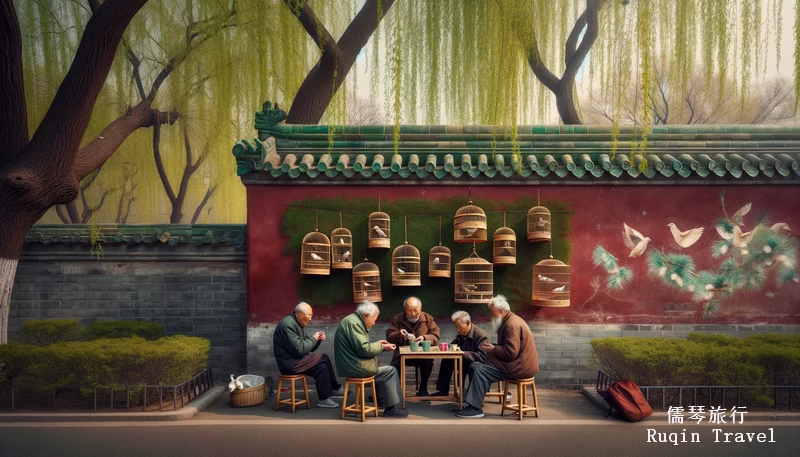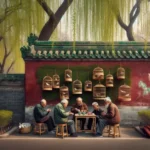Beijing, the capital of China, ranks among the world’s largest and most dynamic cities. Its rich history, cultural depth, and modern vibrance attract countless visitors annually.
This “How Many Days in Beijing” guide aims to assist you in determining the ideal duration for your Beijing visit. Whether you’re planning to stay for a day or extend your visit to a full week, this comprehensive guide ensures your Beijing experience is unforgettable. It provides a structured itinerary and practical tips to make the most of your time in one of the world’s most iconic cities.
How Many Days To Spend in Beijing?
Determining the ideal duration for a Beijing trip can be challenging. The city’s vastness and diversity mean that even residents haven’t explored every corner. Realistically, a week-long stay won’t allow you to uncover all of Beijing’s secrets, but it’s enough to get a solid feel for the city and identify spots for future visits.
Four days in Beijing allows you to venture beyond major tourist attractions into local neighborhoods and markets. However, if possible, a 7-day visit is ideal.
This duration provides ample opportunity to experience Beijing’s diversity and even venture on day trips outside the city. Regardless of the length of your stay, Beijing promises an unforgettable experience, filled with rich history, vibrant culture, and diverse attractions.
Day 1: Historical Heart of Beijing
Morning: Your Beijing journey starts at Qianmen Street, a bustling commercial hub that mirrors old Beijing. Stroll along this historic street, absorbing the traditional architecture and lively atmosphere. Next, visit Tiananmen Square, one of the world’s largest public squares, steeped in history. Your morning culminates with the Forbidden City, an imperial palace complex that served as the home of emperors for centuries. Its stunning architecture and vast collection of artifacts are a window into China’s rich history.
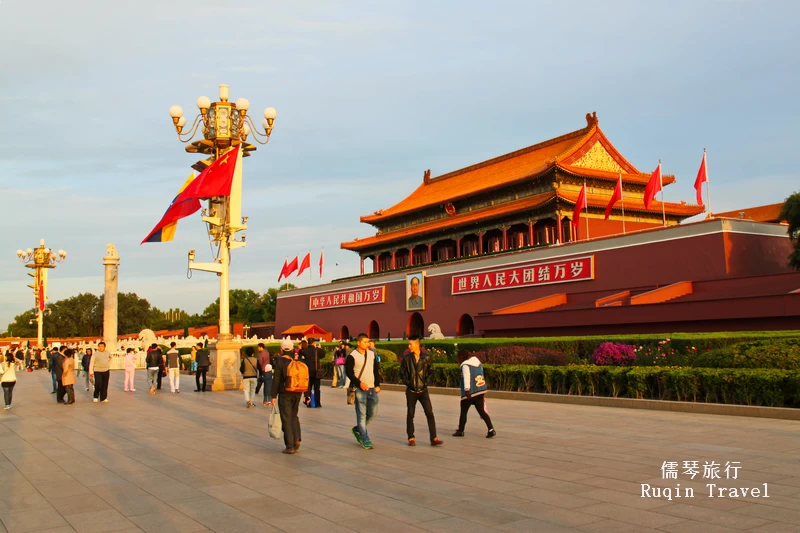
Afternoon: After a morning of historical exploration, Jingshan Park awaits with its tranquil gardens and a bird’s-eye view of the Forbidden City. Then, wander through Beihai Park, famous for its beautiful lake, ancient temples, and well-preserved imperial gardens. It’s a perfect place to experience nature amidst the city.
Evening: Conclude your day in the historic hutongs near Shichahai Lake. These narrow alleys offer a glimpse into traditional Beijing life. Cap off the evening with a quintessential Peking Duck dinner, a must-try delicacy in Beijing.
Day 2: The Great Wall Adventure
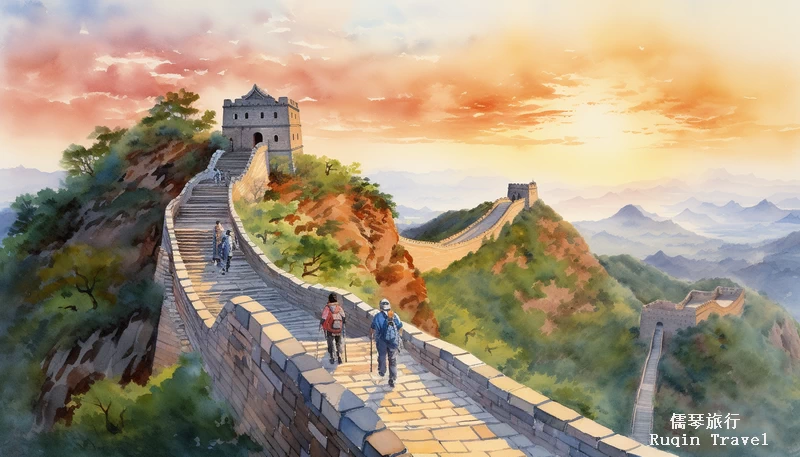
Full Day: Dedicate your second day to exploring the Great Wall, a symbol of China’s historical resilience. Start at the Ming Tombs, the resting place of Ming dynasty emperors, showcasing impressive architecture and sacred importance. From here, head to the Mutianyu section of the Great Wall. Less crowded than other parts, it provides a serene and more authentic experience. The lush surroundings and striking watchtowers along the wall make for a memorable hike. Remember to wear comfortable shoes and bring water for a fulfilling day.
Evening: Return to the heart of Beijing and unwind. Explore the local culinary scene with an array of street food options. For a more relaxed evening, consider a gentle stroll in one of Beijing’s scenic areas, soaking in the city’s nighttime ambiance.
Day 3: Temple and Culture
Morning: Begin your day at the Temple of Heaven, an architectural masterpiece and a symbol of the city’s spiritual past. Here, emperors once prayed for good harvests. The park surrounding the temple is a lively spot where locals practice tai chi, dance, and enjoy traditional music.
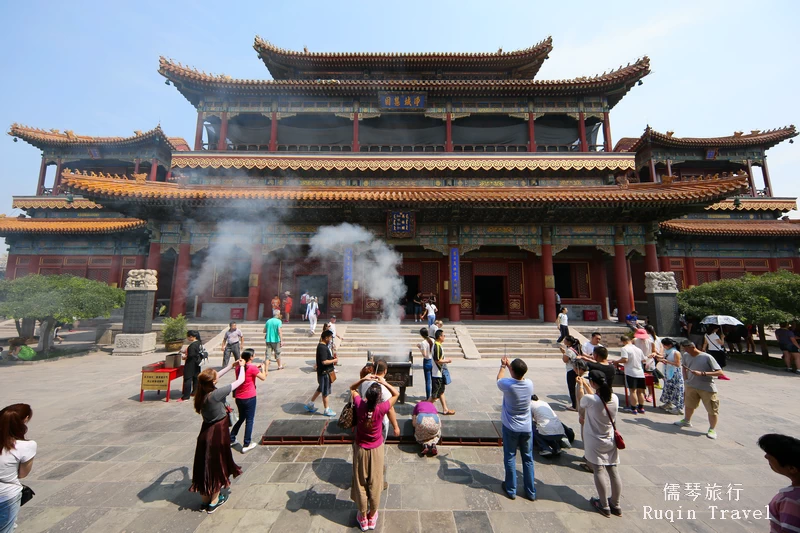
Afternoon: Continue to the Lama Temple, an important Tibetan Buddhist temple in Beijing. Its intricate carvings, serene atmosphere, and historical significance make it a must-visit. The temple’s combination of Han Chinese and Tibetan styles adds to its uniqueness.
Evening: Dive into Beijing’s contemporary art scene at the 798 Art Zone. Once an industrial complex, it now hosts a vibrant collection of art galleries, boutiques, and cafes. The area is a testament to Beijing’s dynamic and evolving culture, offering a stark contrast to the ancient sites visited earlier in the day.
Day 4: Nature and Olympics
Morning: The Summer Palace is your first destination, an exquisite example of Chinese garden design and a former royal retreat. Explore its sprawling grounds, magnificent pavilions, and the iconic Kunming Lake. This UNESCO World Heritage Site is a testament to the opulence of imperial China.
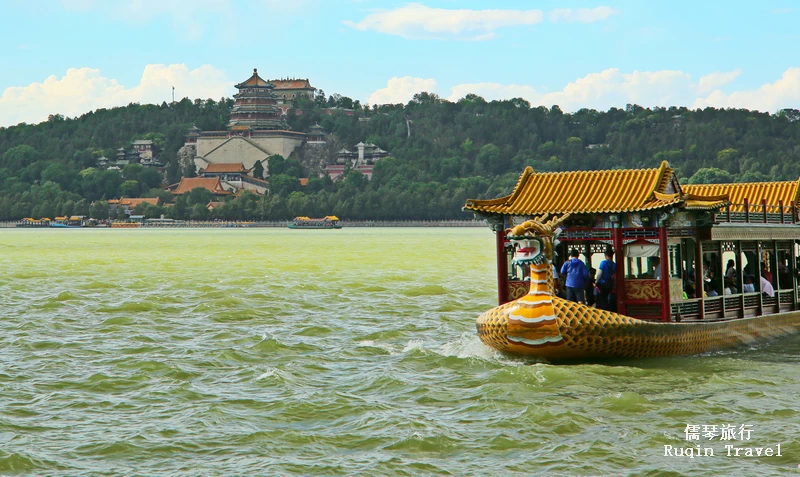
Afternoon: Shift to modern Beijing with a visit to the Olympic Park, home of the 2008 Olympics. Marvel at the architectural wonders of the Bird’s Nest and Water Cube. The park’s spaciousness and futuristic design represent Beijing’s rapid modernization and global presence.
Evening: Experience Beijing’s contemporary lifestyle in Sanlitun, known for its vibrant nightlife and trendy shopping. This area is a hub for fashion, dining, and entertainment, offering a glimpse into the city’s youthful and cosmopolitan side.
Day 5: A Day Trip to Chengde
Full Day: Escape the city’s hustle with a day trip to Chengde. The journey starts with a high-speed train ride, offering scenic views of the countryside. Upon arrival, visit the Mountain Resort and its Outlying Temples, a UNESCO World Heritage Site.
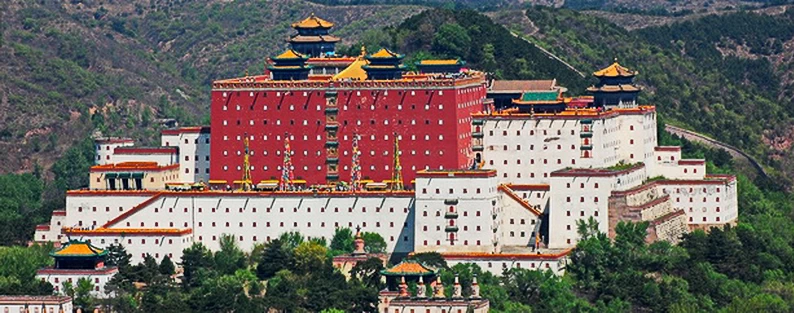
This former imperial summer residence is renowned for its vast gardens, serene lakes, and exquisite temples. The resort’s blend of architectural styles from various Chinese regions is particularly fascinating. Spend the day immersing yourself in the tranquility and beauty of this historical retreat, a stark contrast to Beijing’s urban energy.
Evening: Return to Beijing, reflecting on the peaceful experiences of Chengde. This change of pace provides a deeper understanding of China’s imperial past and architectural diversity.
Day 6: Explore Traditional and Modern Beijing
Morning: Visit the National Museum of China or the Capital Museum to delve into China’s rich history and culture. Both museums offer extensive collections, from ancient artifacts to modern art, providing insights into China’s artistic evolution.
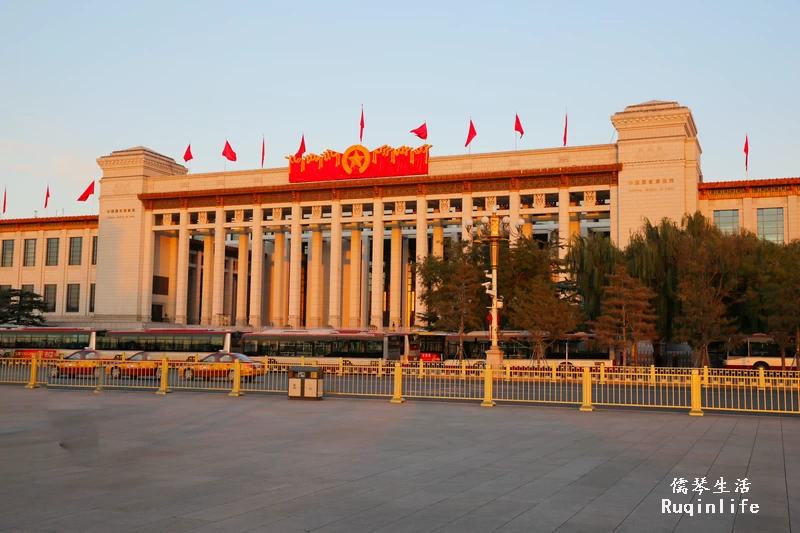
Afternoon: Dive into the bustling atmosphere of Wangfujing Street, a famous shopping and snack destination. Explore a variety of shops, from traditional Chinese goods to international brands, and don’t miss tasting local street foods.
Evening: Continue your culinary adventure on Guo Jie (Ghost Street), known for its vibrant food scene. This lively street is lined with restaurants offering a wide array of Chinese cuisines, perfect for an evening of gastronomic exploration.
Day 7: Leisure and Shopping
Morning: Start your final day at Ritan Park, a serene spot popular among locals for morning exercises like Tai Chi. The park’s calm environment is ideal for relaxation and reflection.
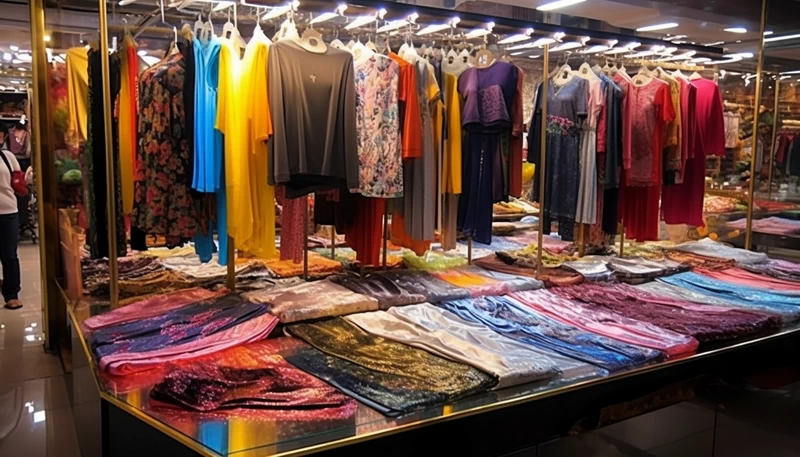
Afternoon: Spend your afternoon indulging in some shopping at Beijing’s diverse markets or malls. From souvenirs and traditional crafts to high-end fashion, Beijing’s shopping scene caters to all tastes.
Evening: Use this time to pack and prepare for your departure. Reflect on the week’s experiences and the diverse aspects of Beijing you’ve explored, from its historical depths to its modern heights.
This itinerary is flexible; adjust it to suit your interests and energy levels. Beijing offers a wealth of experiences, ensuring there’s always something new to explore!
Tips for Visiting Beijing
Navigating Beijing efficiently and respectfully enhances your experience in this multifaceted city. Here are some tips to help you make the most of your visit:
Transport: Beijing’s subway system is extensive and user-friendly, covering most tourist attractions. It’s an affordable and efficient way to travel across the city. Taxis are plentiful, and ride-sharing apps offer an alternative, especially if you’re unfamiliar with the local language. For short distances, consider renting a bicycle to explore the city like a local.
Food: Beijing’s culinary landscape is diverse. Don’t miss local specialties like jianbing (savory Chinese crepes) and zhajiangmian (noodles with bean paste). Street food markets offer an array of choices, from sweet treats to spicy snacks. For an authentic experience, dine in smaller, local eateries.
Cultural Respect: Show reverence at religious and historical sites. Dress modestly, speak softly, and follow local customs at temples. Taking photos is generally acceptable, but always ask for permission when photographing people.
Environment: Help maintain the city’s cleanliness by disposing of waste properly. Use recycling bins where available and minimize the use of single-use plastics.
Language: Knowing basic Mandarin phrases can enhance your experience. Simple greetings, thank yous, and navigation-related phrases are helpful. Carry a translation app or a phrasebook for convenience.
Safety and Health: Stay hydrated, especially during Beijing’s hot summers. Use bottled water for drinking. Keep a copy of your passport and important documents separately for safety.
Shopping: Be prepared to haggle in markets, but do so respectfully. For souvenirs, look for unique local crafts like silk, tea, or Chinese calligraphy.
By keeping these tips in mind, you can ensure a smooth and respectful journey through Beijing, allowing you to fully immerse yourself in the rich tapestry of this historic yet modern city.

